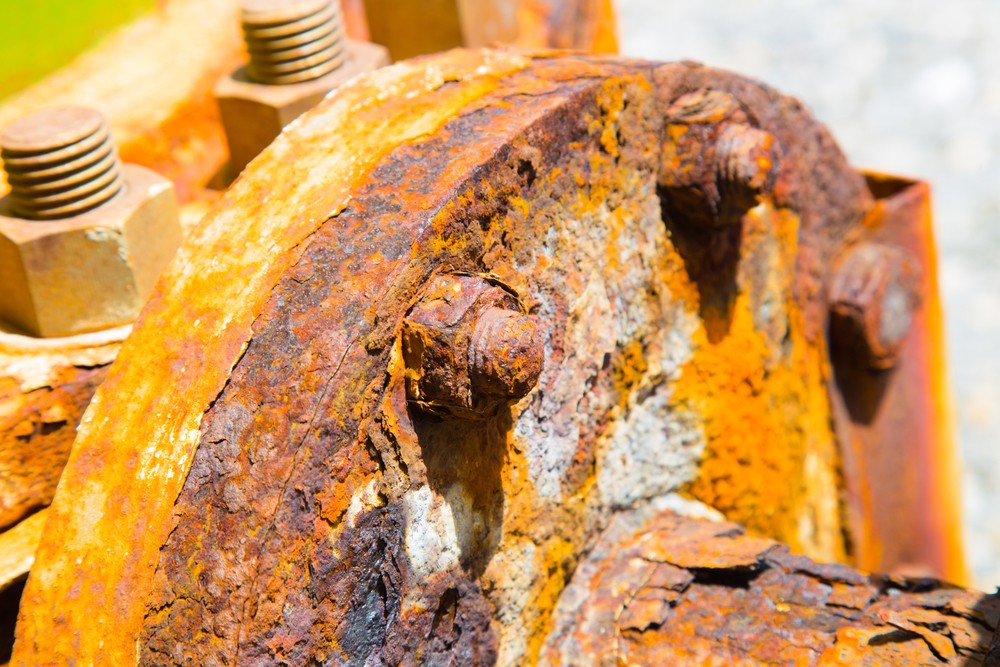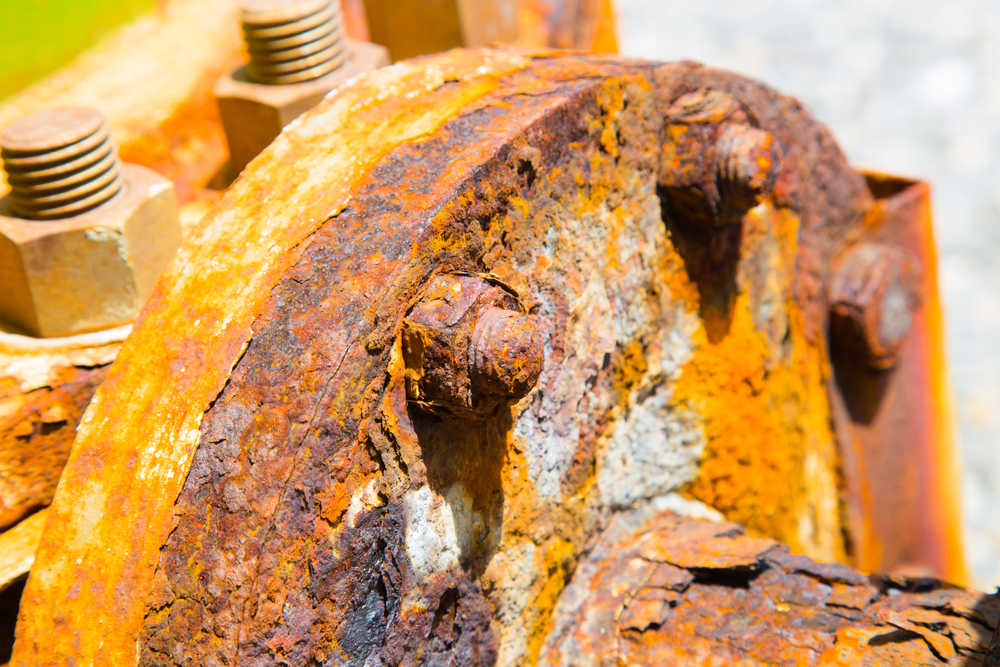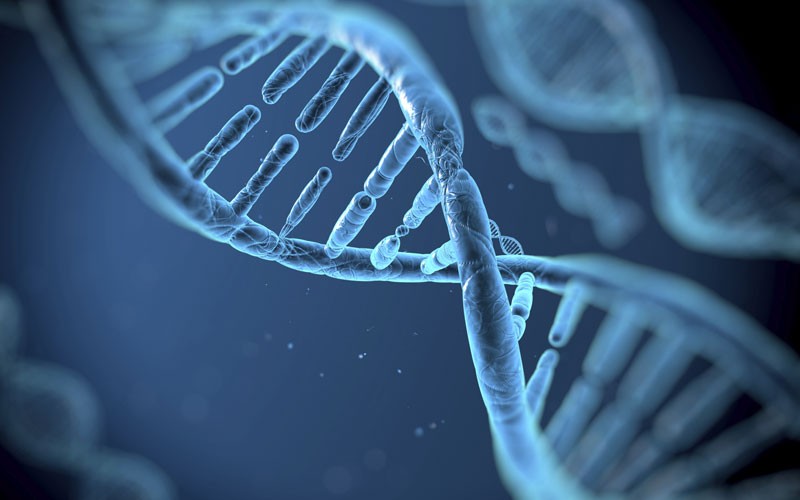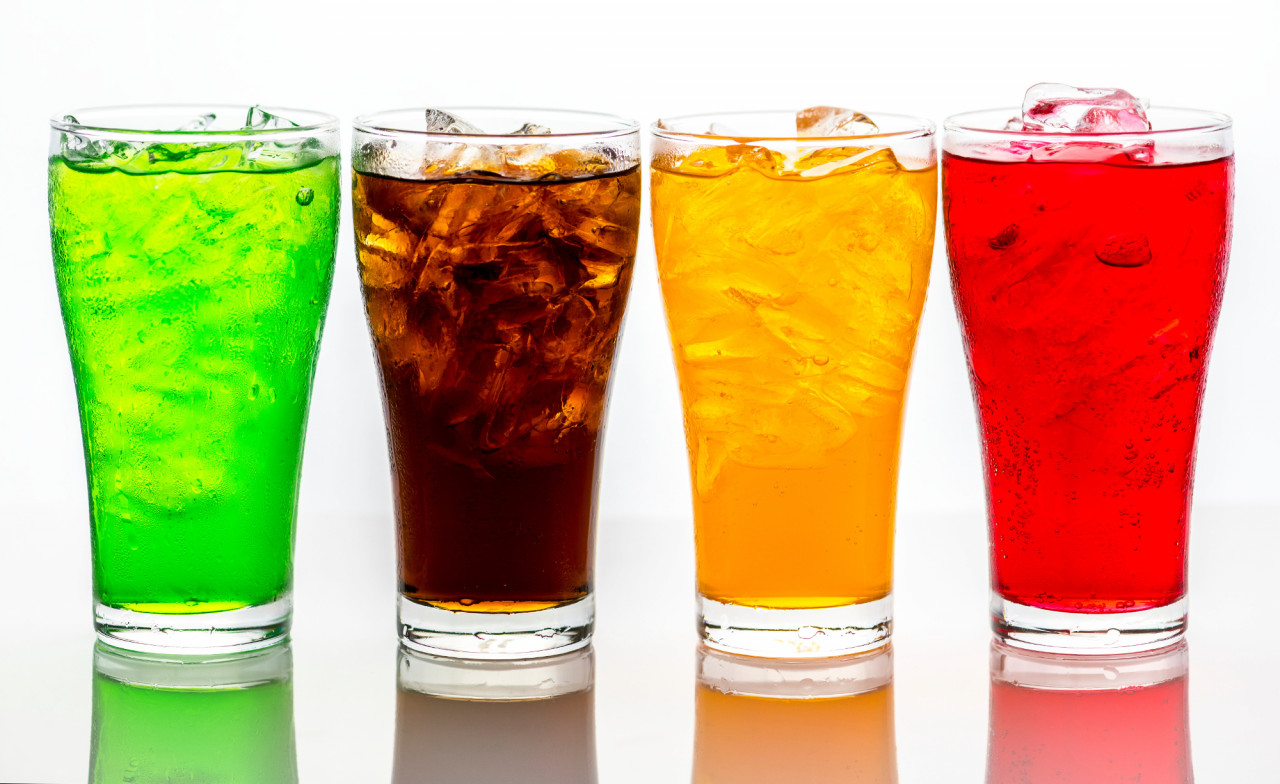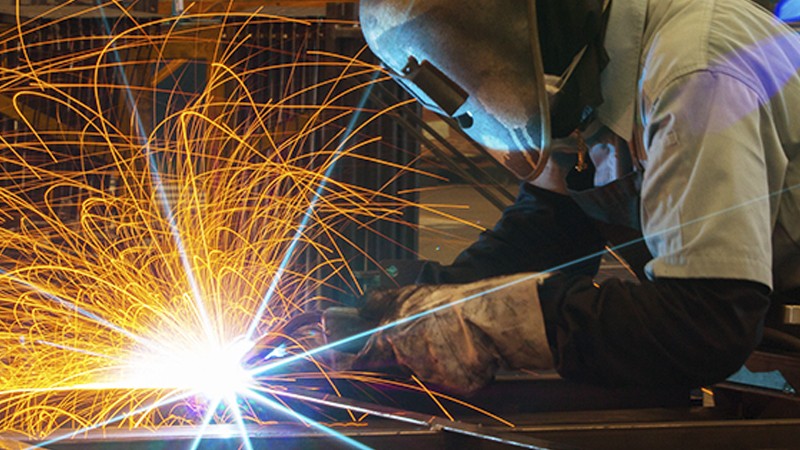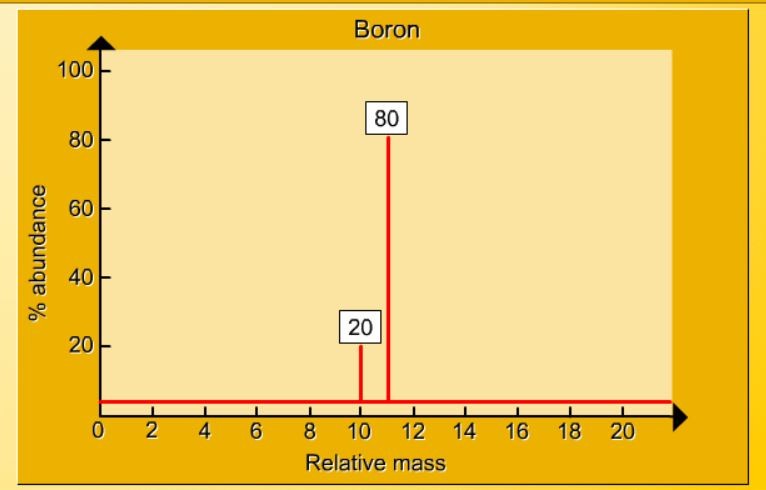1.37 - 1.39 Ionic bonding - transferring charge
Ionic compounds form when the atoms of a metal combine with the atoms of a non - metal
1.37 Ionic bonding - transferring charge
Ionic compounds form when the atoms of a metal combine with the atoms of a non - metal
1.38 Ionic bonding - know your ions
1.38 Activity. Know your ions. Students should: 1.38 know the charges of common ions listed You will have noted from the video that metal atoms tend to lose the electrons in their outermost electrons and form positive ions. The charge of the ion formed is equal to the number of electrons lost. Non metal atoms gain el...
1.39 Ionic bonding - finding formulae
1.39 Activity. Finding formulae Students should: 1.39 write formulae for compounds formed between the ions listed Watch the video closely pausing where instructed. Use the information given to work out the correct formulae for the following compounds: Name of compoundFormula lithium nitridepotassium oxidezinc oxidesilver chlorideLi3N&nb...
The Reactivity Series
2.15 - 2.20 Loss and gain Oxidation and reduction reactions are very commonplace. When a element combines with oxygen that element is said to have been oxidised. When the oxygen is removed from an oxide of an element to leave the element on its own, the oxide is said to have been reduced. Here we will use broader definition of oxidation ...





